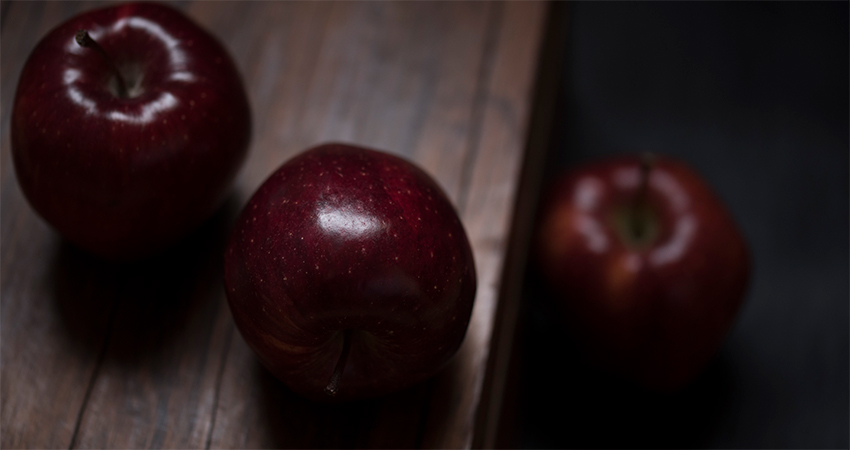

Over time, the continued posterior pressure of the mandibular condyle in the fossa can overly compress the articular disc, creating pain and inflammation. This force is subsequently transferred to the mandible via the suprahyoid muscles and produces a pull in the direction of retrusion and depression. This posture stretches the infrahyoid muscles, such as the omohyoid and sternohyoid, which in turn pulls the hyoid bone posteriorly and inferiorly. 13.13, a forward head posture typically involves slight flexion of the upper thoracic and lower cervical spine. Consider, however, how abnormal positioning of the head and neck can alter the overall pull of these muscles, thereby increasing stress on the TMJ. The infrahyoid muscles stabilize the hyoid muscles, allowing the suprahyoid muscles to effectively pull the lower jaw open. Summary of Lateral ExcursionĬonsider this… Abnormal Head Posture and TMJ Disordersīased on shared attachments to the hyoid bone, the suprahyoid and infrahyoid muscles act synergistically to naturally assist with depression of the mandible. Asynchronized or asymmetric motions between the disc and the TMJ often cause pain and a clicking sound or, in more extreme cases, locking of the jaw. The lateral ligament and the lateral pterygoid (superior head) guide movement of the disc to ensure optimal alignment of the TMJ. Only the tendon of the superior head has firm attachments to the articular disc.ĭuring opening and closing of the mouth, the position of the articular disc plays an important role in the smoothness of the action. The superior head of the lateral pterygoid is most active during closing of the mouth, which helps guide the reseating of the disc within the joint. 13.12B, closing the mouth involves mandibular elevation and retrusion. Summary of Closing the Mouthįorcefully closing the mouth as when biting or chewing involves strong forces from the masseter, medial pterygoid, and temporalis muscles.

The lateral pterygoid (inferior head) controls the anterior translation component, whereas the suprahyoid muscles produce depression of the mandible. 13.12A, opening the mouth involves depression of the mandible, combined with forward translation (protrusion) of the mandibular condyle. The suprahyoid muscles and gravity assist with this action. Widely opening the mouth occurs primarily through contraction of the inferior head of the lateral pterygoid. Functional Considerations Summary of Opening the Mouth The second table below provides the attachments and actions of these muscles. The infrahyoid muscles include the omohyoid, sternohyoid, sternothyroid, and thyrohyoid. The first table below provides the attachments and actions of these muscles. The suprahyoid muscles include the digastric, geniohyoid, mylohyoid, and stylohyoid. ∗ Indirect action performed by stabilizing the thyroid cartilage for the thyrohyoid muscle. Manubrium of the sternum and the medial clavicle Superior border of the scapula, near scapular notch 179, 180 This knowledge will help in designing treatment for upper airway OSAS. It is important to understand central neuronal mechanisms and the contributions of neuromodulators and neurotransmitters involved in sleep-related suppression of pharyngeal muscle activity. The relative contribution of hyoid, genioglossus, and other tongue muscles in the maintenance of pharyngeal patency needs to be clarified. The hyoid muscles show inspiratory bursts during wakefulness and NREM sleep that are increased by hypercapnia. Motor neurons supplying these muscles are located in the pons, the medulla, and the upper cervical spinal cord. 193 The size and shape of the upper airways can be altered by movements of the hyoid bone. 193 Infrahyoid muscles (those that insert inferiorly) include the sternohyoid, omohyoid, and sternothyroid muscles. Suprahyoid muscles (those inserted superiorly on the hyoid bone) include the geniohyoid, mylohyoid, hypoglossus, stylohyoid, and digastric muscles. Sudhansu Chokroverty, in Sleep Disorders Medicine (Third Edition), 2009 Hyoid Muscles


 0 kommentar(er)
0 kommentar(er)
